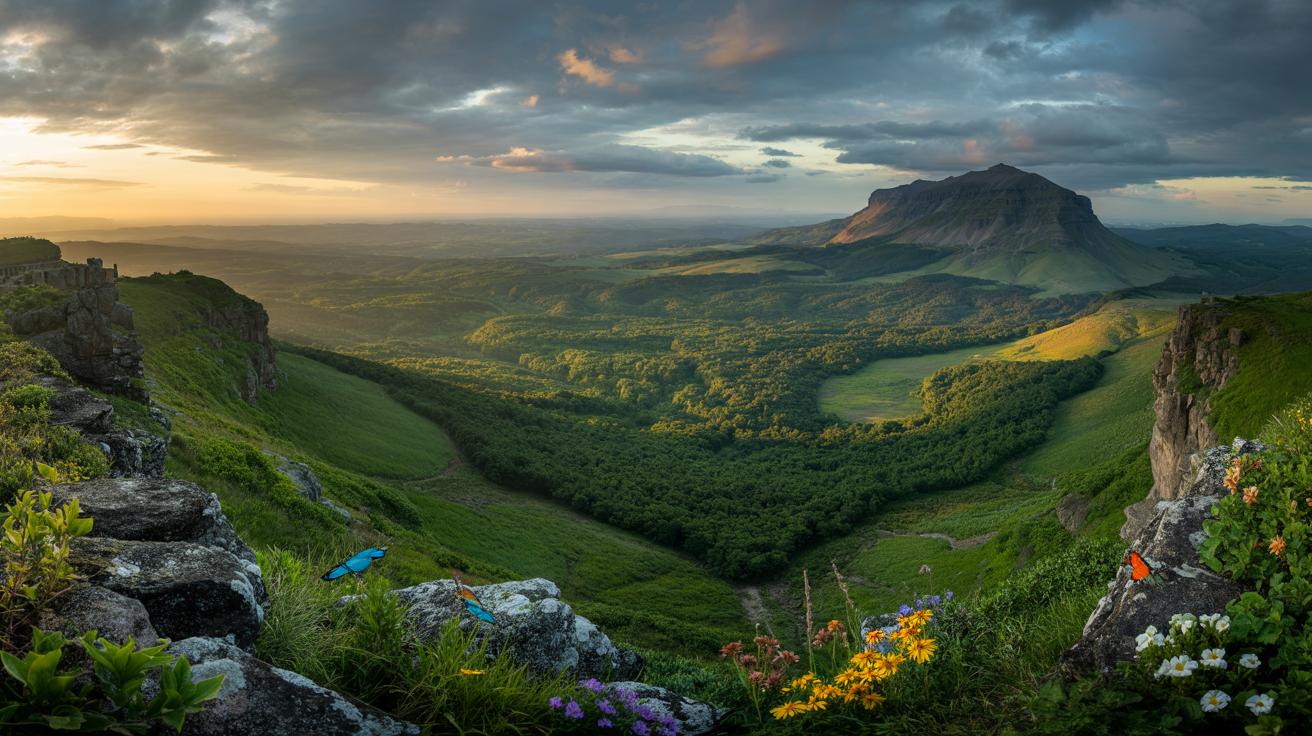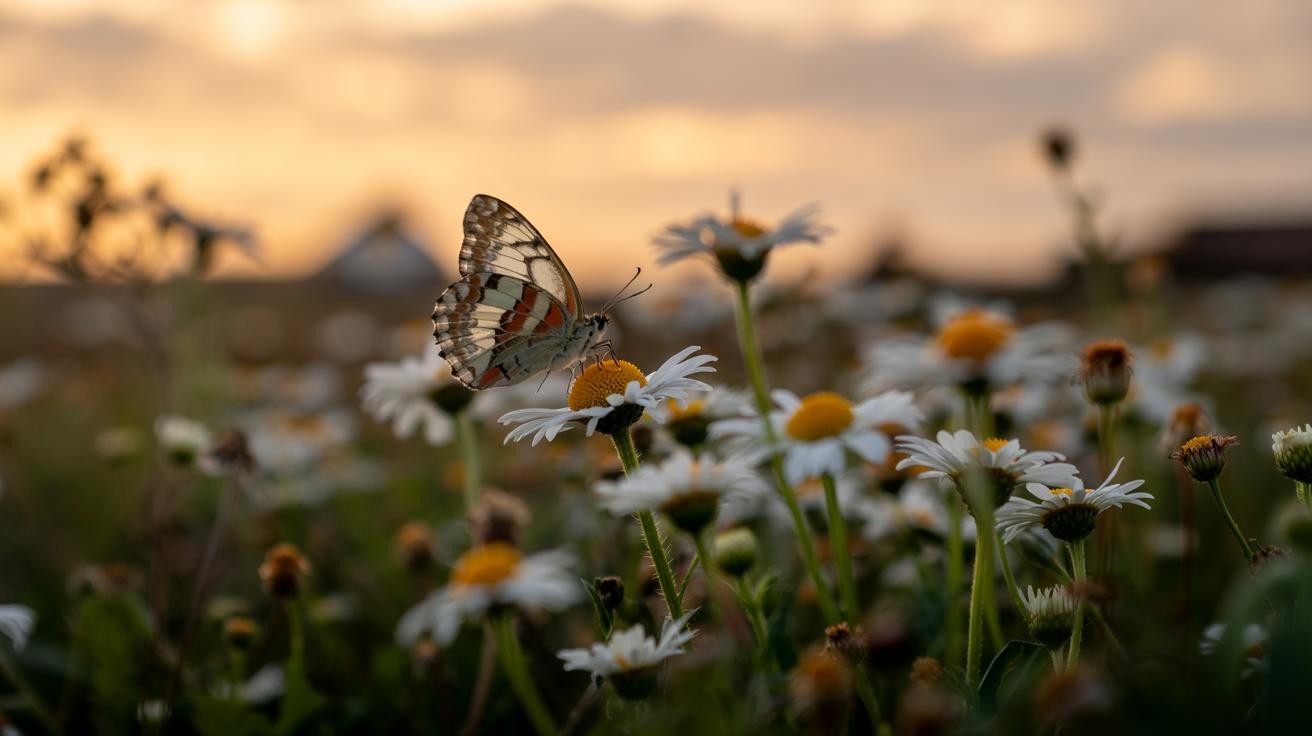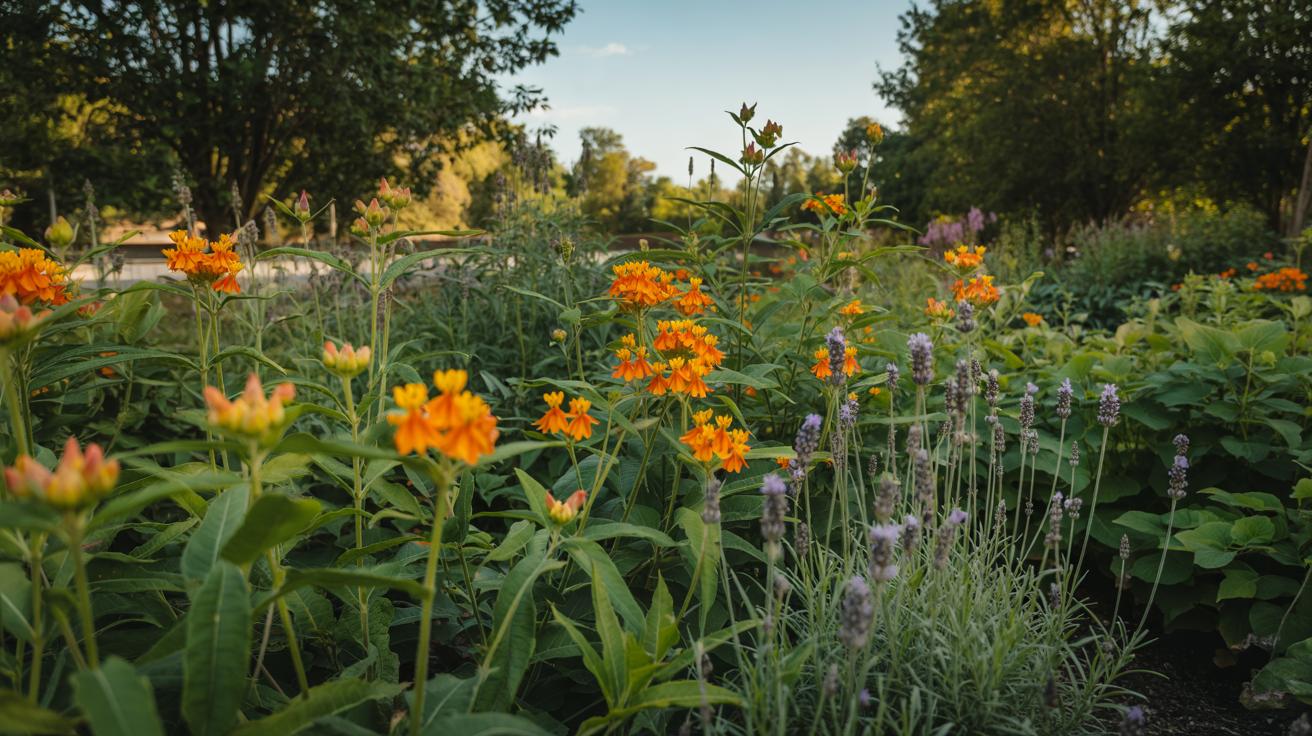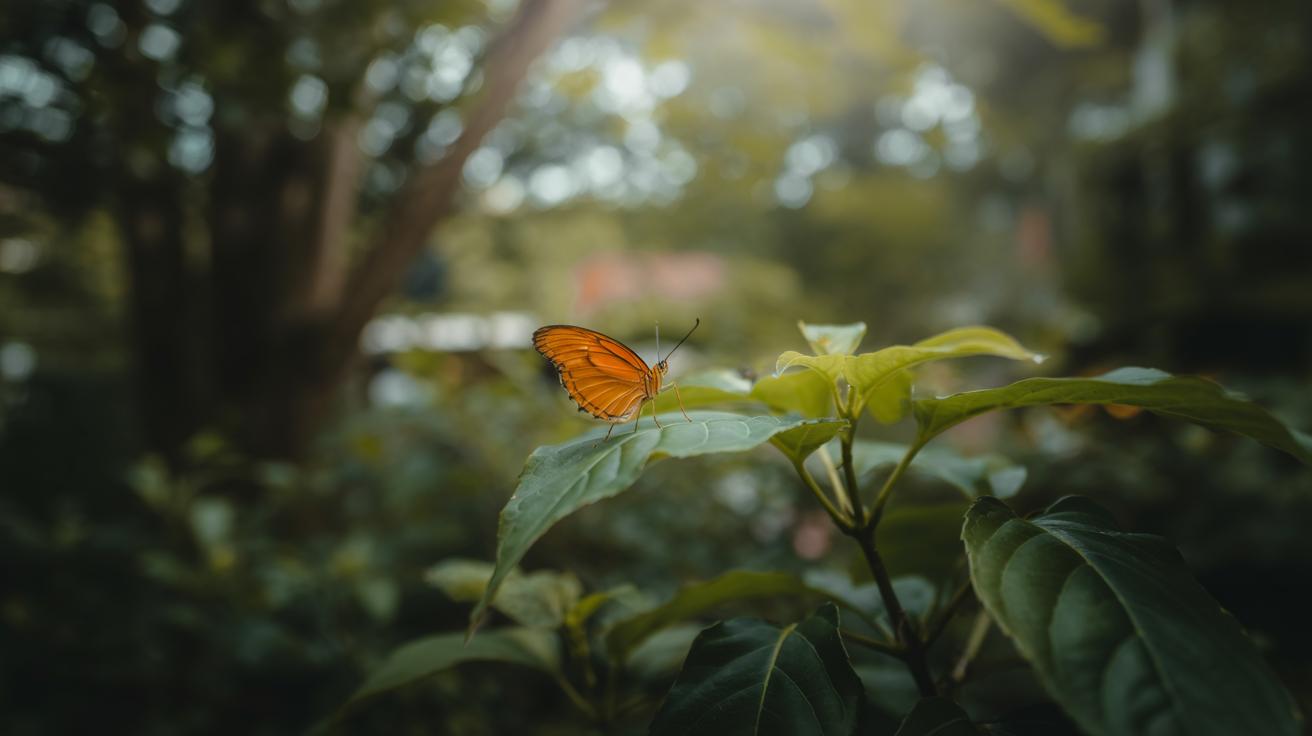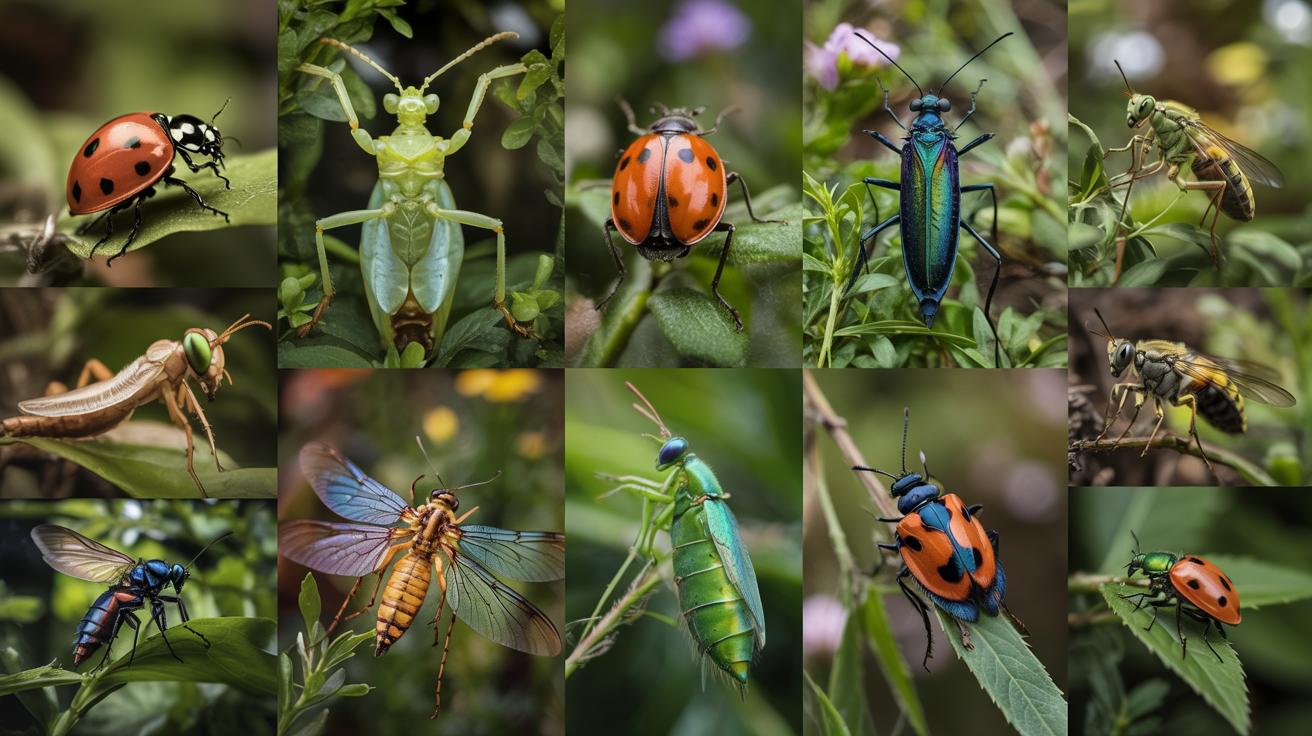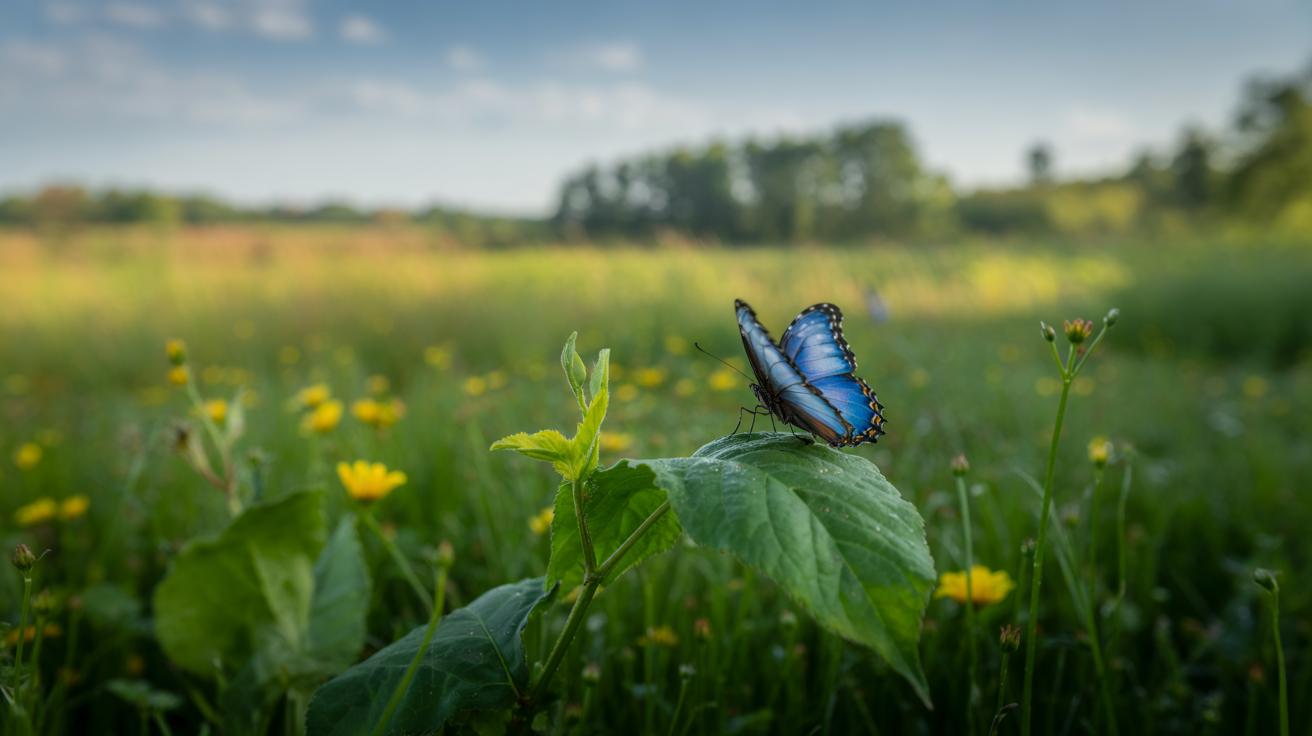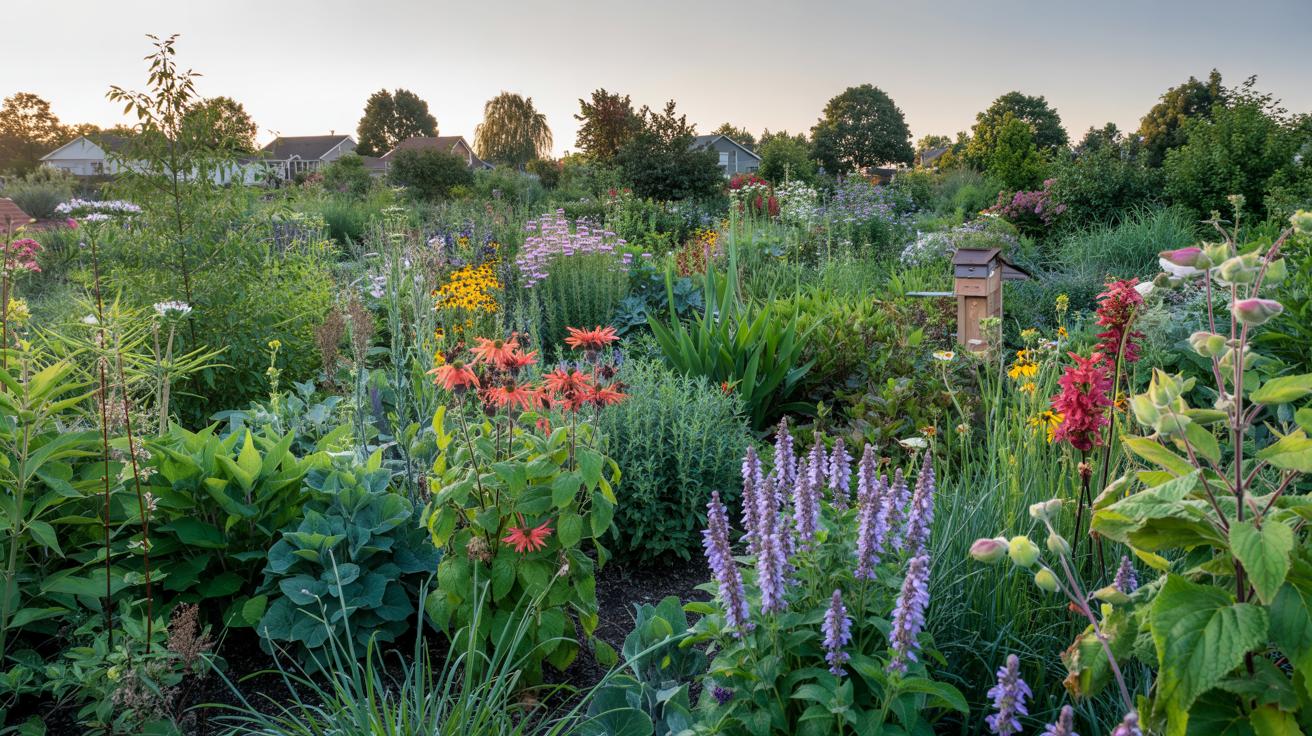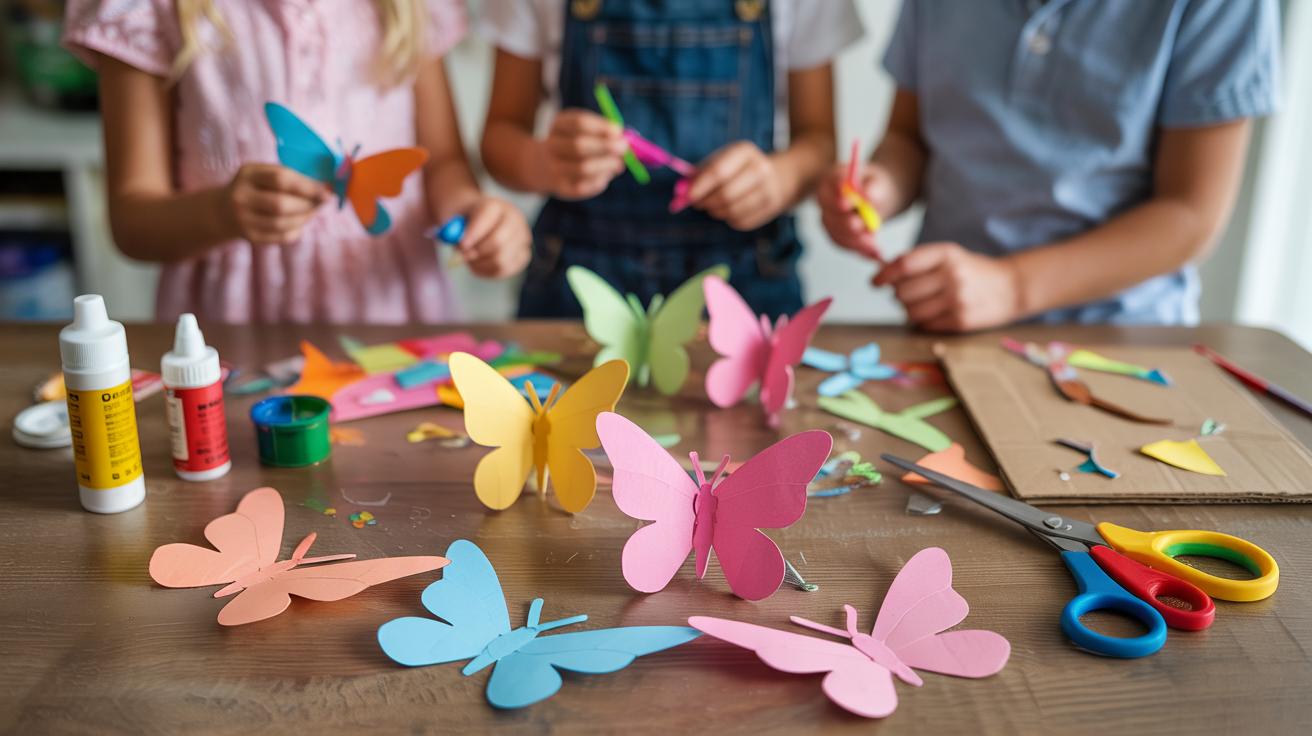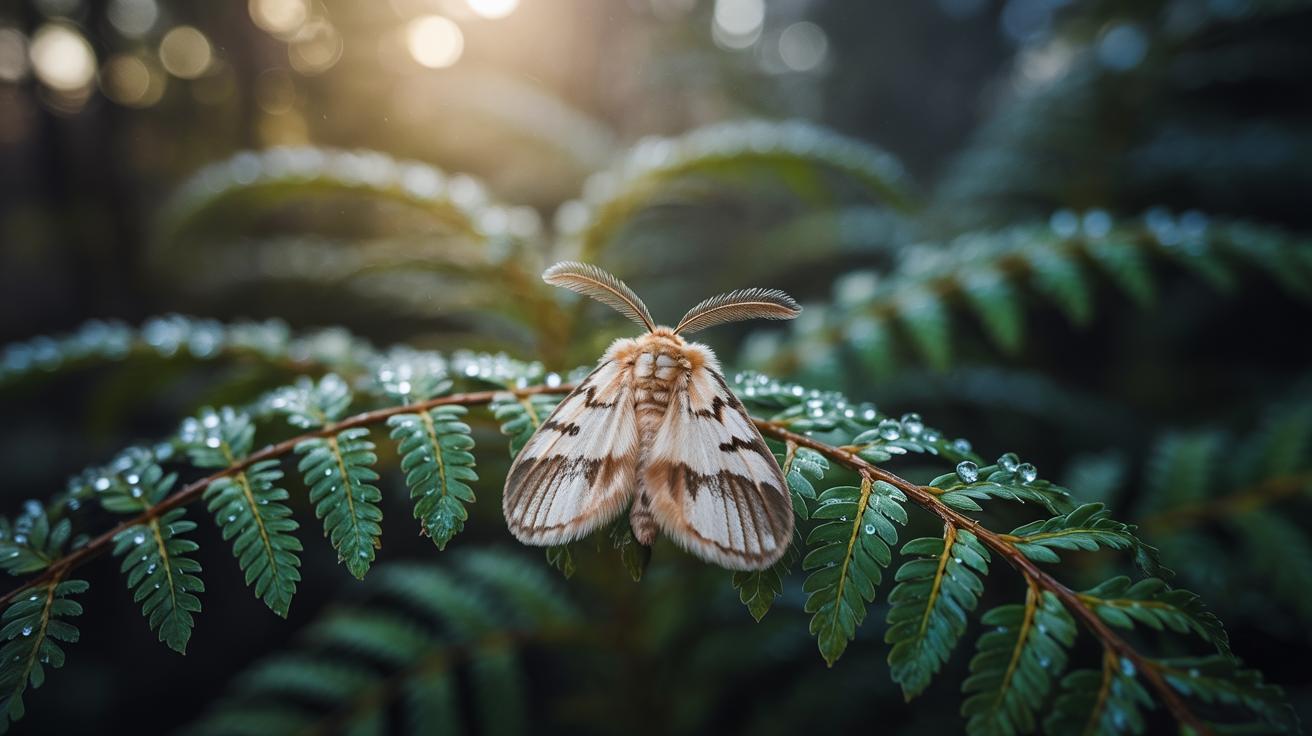Introduction
Nature showcases an incredible variety of creatures, each with unique features that catch your eye. Exploring these creatures helps you appreciate the diversity life offers. These beautiful animals often have vibrant colors, interesting shapes, and fascinating behaviors that make them stand out. Your curiosity about nature’s beauty can grow when you learn about these creatures and their habitats. This article guides you to understand what makes certain animals beautiful and the roles they play in the natural world.
When you start observing these creatures, you may ask why some animals look different and what purpose their appearance serves. Are their colors meant to attract mates or warn predators? How do their behaviors and environments shape their beauty? This article will provide answers to such questions. You will explore various creatures, from bright birds to elegant marine animals, and see how their appearances help them survive and thrive. Understanding these creatures may change how you see the natural world around you.
The Importance Of Color In Nature
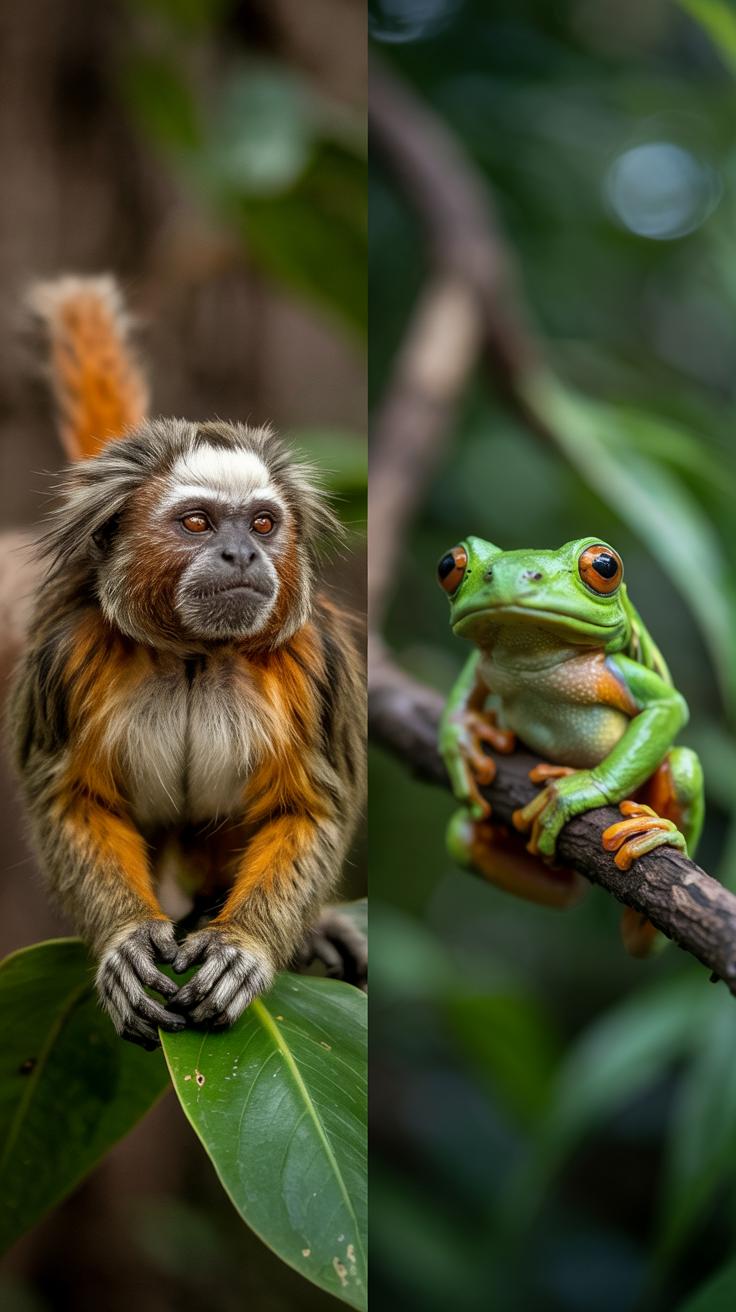
Color plays a key role in how animals live and survive. It can help them avoid danger or catch food. Sometimes, animals show bright colors to attract mates, while other times they blend into their environment to stay hidden.
Many species have evolved their colors for practical reasons. A frog’s bright skin might warn predators that it is poisonous. In contrast, a deer’s brown coat helps it disappear in the forest. Color also affects how animals communicate, signaling danger or readiness to mate.
Have you ever wondered why some animals display flashing colors while others stay dull? The answer lies in the balance between staying safe and standing out. Color can be both a shield and a spotlight, depending on the animal’s needs and habitat.
How Color Helps Animals Survive
Animals use color to hide from predators or sneak up on prey. A stick insect, for example, looks just like a twig. This kind of camouflage makes it hard to spot. Arctic foxes change their fur color to white in winter to blend with snow and brown in summer to match the ground.
Some animals mimic colors and patterns of dangerous species to avoid attackers. The viceroy butterfly resembles the monarch, which tastes bad to birds. These adaptations show how important color is for survival in different surroundings.
Color And Communication
Animals use color to send signals to each other. Some frogs flash bright colors to warn predators of their poison. Male peacocks display colorful feathers to show they are healthy and ready to mate.
Colors can also mark territory or social status. For example, chameleons change color to express mood or indicate dominance. What messages do you think animals send with their colors around you? Understanding these signals can help you notice nature’s hidden conversations.
Birds With Striking Plumage

Birds with vibrant feathers stand out in nature for their eye-catching colors and unique behaviors. Peacocks, birds of paradise, and hummingbirds show how plumage plays a vital role in attraction and identity.
The colors of these birds are not just beautiful but serve important functions. Bright feathers often signal health and strength to possible mates. They can also help birds recognize one another within their species. When you watch a peacock fan its tail or see a bird of paradise’s dance, you witness a display crafted by evolution to communicate and attract.
How do these colors develop, and what do they tell you about the bird’s life? Paying attention to these details can change how you see birds in your own surroundings. Their plumage is more than decoration; it’s a living code of survival and connection.
Peacocks And Their Vibrant Tails
Peacocks use their tail feathers to catch the attention of peahens. Their large fan can spread out like a shimmering fan covered in “eye” patterns. These patterns reflect light differently depending on the angle, creating an iridescent effect.
The science behind this shine comes from microscopic structures in the feathers. Instead of pigments, layers of keratin and air scatter light to produce bright blues and greens. The bigger and more colorful the tail, the better the chance of attracting a mate.
Have you noticed how a peacock’s tail moves slowly while it fans? This slow motion helps maximize the iridescent colors seen by peahens. The display is a mix of beauty and biology that highlights nature’s clever designs for attraction.
Birds Of Paradise And Their Unique Dances
Birds of paradise use both feathers and movement for their courtship. Many species have colorful plumes shaped like wires, fans, or shields. These feathers shine or glow in the right light, adding to their appeal.
What makes these birds special are their unique dances. Some shake their feathers quickly, while others perform complex steps, including head nods, jumps, and wing movements. These dances show off their fitness and personality.
Watching these birds, you might ask: How did such precise moves evolve? Each step plays a role in gaining attention and winning a mate. The combination of dance and color creates a powerful blend of nature’s art and biology.
Alluring Insects And Their Patterns
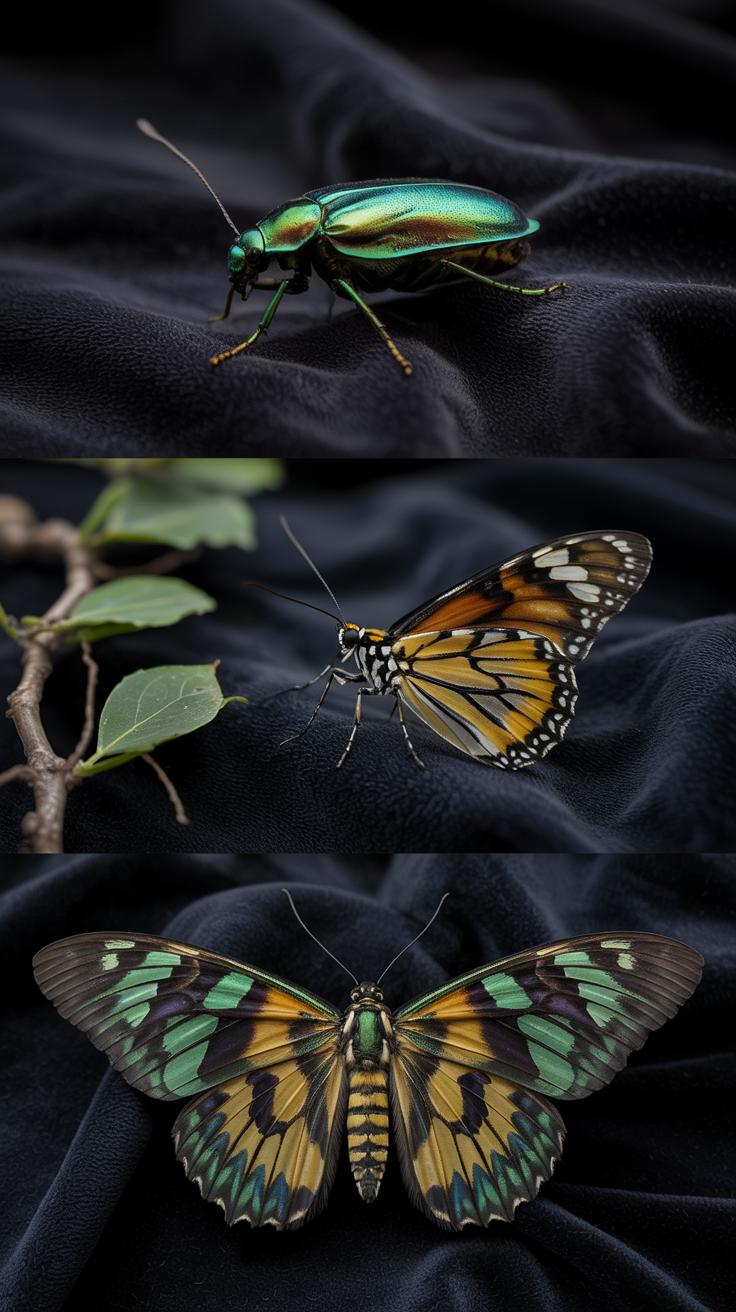
Insects like butterflies and beetles stand out because of their bright colors and complex patterns. These designs help them survive in different ways. Some insects use their colors to blend into their environment. Others signal danger or attract mates. Their patterns play a key role in their daily lives and in the ecosystems they belong to.
Butterflies display a range of wing colors and patterns that serve specific purposes. These designs help butterflies hide from predators, especially when resting on leaves or tree bark. Some species flash bright colors to warn predators that they might taste bad or be toxic. The same colors can also attract mates, signaling health and vitality.
Beetles with shiny, metallic shells use their reflective surfaces to defend themselves. The glossy look can confuse predators by reflecting light and shapes around them. This helps beetles avoid attacks and blend into shiny or wet environments. The tough shell also provides physical protection from harm.
Butterflies And Their Wing Designs
Butterfly wings are not just colorful; they serve important functions. Some use dull colors for camouflage, matching leaves or bark to avoid detection. Others reveal vivid hues only when flying to startle or warn predators. You might notice how the monarch butterfly’s bright orange warns birds of its toxicity.
Colors also help butterflies find mates. Bright patterns signal that an individual is healthy and ready to reproduce. This visual communication plays a major role during mating season. Have you ever observed how butterfly wings flash as they flutter? That movement highlights their wing designs.
Beetles With Reflective Shells
Beetles such as jewel beetles have shells that appear metallic and mirror-like. These reflective surfaces scatter light, making it hard for predators to focus on them. This natural camouflage works best in sunlight or on wet leaves where reflections confuse enemies.
The hard shell also protects beetles from physical damage. It acts like armor during fights or falls. Some shiny beetles can also absorb heat, helping them stay active on cool mornings. Next time you see a glistening beetle, consider how its shell helps it survive in its habitat.
Marine Creatures With Stunning Beauty
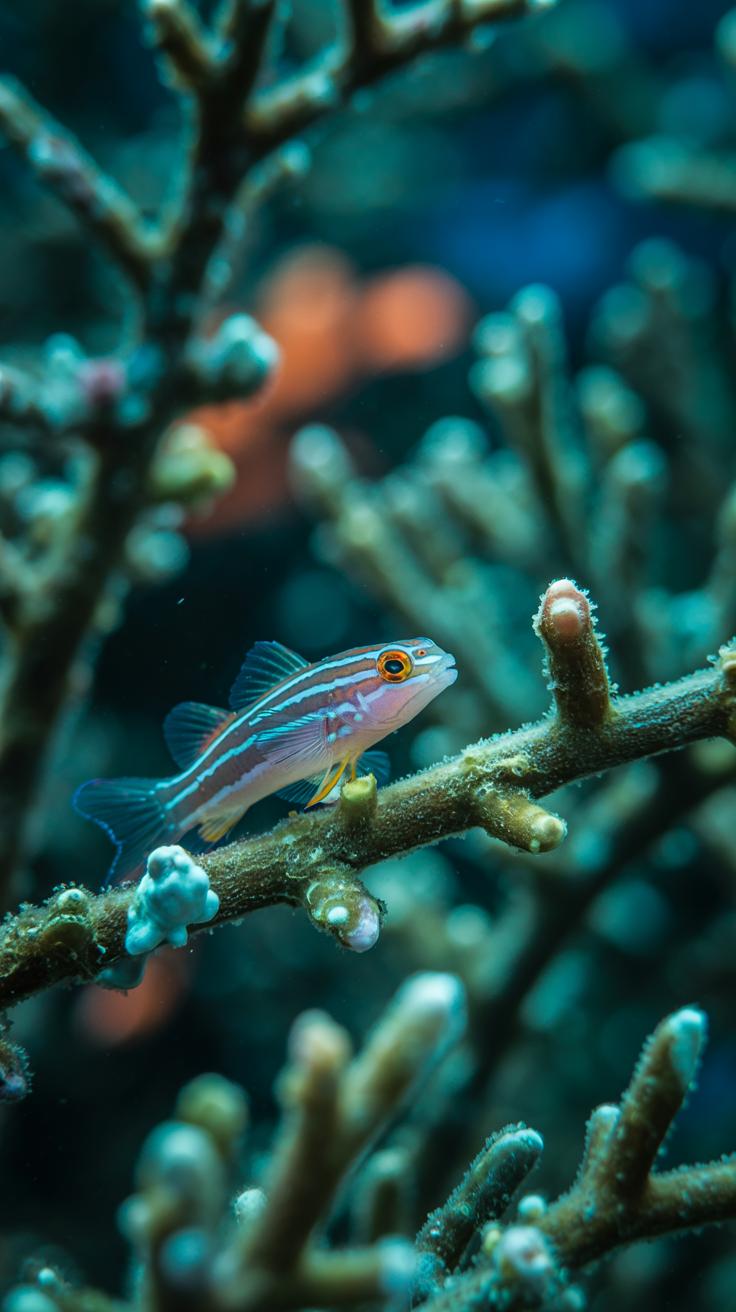
Many marine animals show vivid colors and unique shapes that catch your attention. Tropical fish, vibrant coral, and glowing jellyfish create some of the ocean’s most striking scenes. Light behaves differently underwater, filtering some colors and enhancing others. This changes how these animals appear throughout the day and at different depths. The movement of water also affects how their colors shimmer and shift, giving them a dazzling look.
Coral, though often mistaken for plants, hosts tiny living creatures that build colorful reefs. These reefs provide shelter for many fish. Jellyfish use their soft, transparent bodies to look almost invisible. Their colors often glow in the dark ocean, providing a magical effect. Water acts like a filter and a mirror, playing with the colors and shapes of these stunning creatures.
Tropical Fish And Their Bright Colors
Bright colors on tropical fish can warn predators or attract mates. The clownfish’s orange and white stripes make it easy to spot among sea anemones, which protect it. Angelfish show a wide range of patterns and colors that blend with coral reefs. This helps some hide from predators, while others use brightness to stand out.
Have you ever wondered why some fish risk being seen clearly? Color can be a sign of strength or health to rivals and potential partners. For these fish, being colorful isn’t just about beauty—it is about survival. Your next visit to an aquarium might reveal how these colors interact with light and movement underwater.
Glowing And Transparent Sea Life
Some marine animals use bioluminescence, producing their own light to survive. Jellyfish glow to confuse predators or lure prey in the dark ocean depths. Others, like the glasswing fish, are mostly transparent, making them nearly invisible to threats.
Transparency helps some fish avoid detection by blending into the water around them. Their bodies let light pass through, breaking up their outline. Bioluminescent creatures often have unique light patterns that can flash or stay steady. These abilities give them an edge in finding food or escaping danger. When you think about ocean life, how does using light in this way change your view of survival strategies?
The Role Of Shape In Creating Beauty
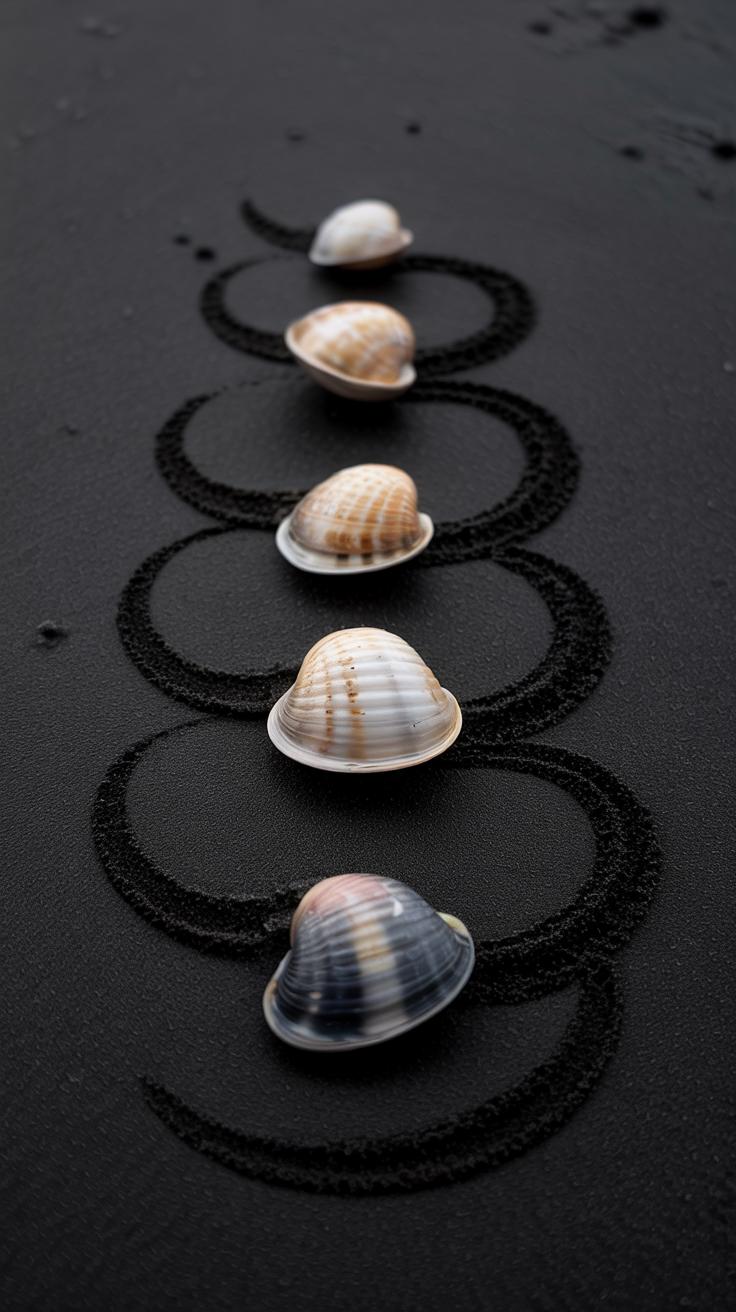
Shape plays a vital role in how we see the beauty of animals. The way an animal’s body is built affects how pleasing it looks to you and others around it. Symmetry often stands out because it brings balance to an animal’s form. Seeing matching sides creates a sense of harmony that many find attractive.
Animals don’t have to look the same to be beautiful, though. Unique body structures can catch your eye just as much. Distinctive features like graceful curves or sharp angles make creatures remarkable and memorable. Think about how giraffes’ long necks stretch tall, or deer’s antlers branch out like natural sculptures.
Consider how you feel when you look at different animals. What shapes draw your attention more? Your sense of beauty may reflect how these forms have developed to survive or attract mates. Understanding shape helps you appreciate the variety of beauty in nature beyond just colors or patterns.
Symmetry And Perceived Attractiveness
Symmetry is often linked to beauty because it signals health and good genes in both animals and humans. When you see a butterfly with matching patterns on each wing, your brain recognizes balance, and it feels natural and satisfying.
Many birds, like peacocks, have symmetrical tail feathers that catch light evenly when they fan out. This balance plays a role in mate choice, showing the bird’s strength and fitness. You might notice similar symmetry in animals like wolves or even fish.
Why do you think your eyes focus on balanced faces or bodies? It may be that symmetry makes it easier for your brain to process visual information. This could explain why symmetrical animals often seem more beautiful to us. Is there a symmetrical pattern in your favorite animal?
Unique Body Structures
Some animals stand out because of unusual or elegant shapes. Deer antlers grow in intricate patterns, almost like natural branches shaped for display and battle. These horns can tell you a lot about the animal’s age and status.
Giraffes use their long necks to reach high leaves, but that shape also creates an elegant silhouette against the sky. Their necks give them a distinct look that many people find fascinating and beautiful.
Think about animals like the narwhal with its long, spiral tusk or the starfish with its perfectly spaced arms. These shapes make the creatures unique and often add to their visual appeal. How does the shape of your favorite animal influence what you find beautiful about it?
Behavior That Enhances Beauty
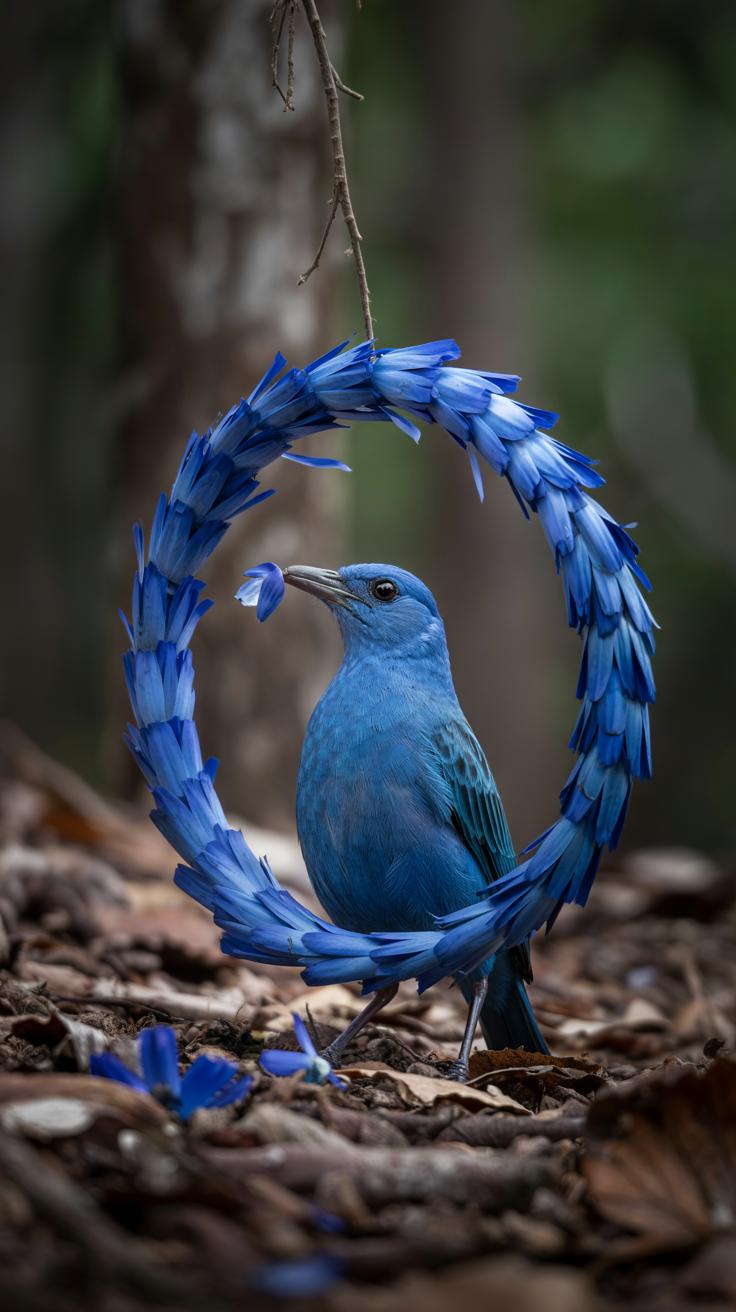
Animals often use behavior to highlight their beauty beyond physical traits. Actions like dances, vivid displays, and vocal sounds play a key role in catching the attention of potential mates. These behaviors add layers to what we consider beautiful by combining movement, color, and sound. When you observe animals in the wild, you see that beauty isn’t just about how they look, but what they do to express attractiveness.
Take a bird’s mating dance, for example. The way it moves, the rhythm it follows, and the positions it strikes all enhance its visual appeal. Such rituals show strength, health, and creativity, which are important qualities in mate selection. Have you ever thought about how these behaviors might affect your own perception of beauty in nature?
Mating Rituals And Dances
Many animals perform specific rituals to show off to potential mates. The peacock stands out by spreading its colorful tail feathers and shaking them softly. This display signals the bird’s fitness. Some species of birds of paradise go further by performing intricate dances with graceful steps and rapid wing movements that captivate females.
Insects like fireflies flash light patterns in synchronization. These light shows communicate readiness and attract partners. Even some fish perform complex swimming patterns, using speed and shape changes to impress mates. These rituals don’t just highlight physical traits; they prove vitality and coordination.
What kind of movements or actions might you consider beautiful when observing animals?
Sounds And Calls As Part Of Beauty
Sound plays a big role in how animals attract mates and show off beauty. Frogs produce loud, rhythmic croaks that can travel far through water and air. Some bird species use songs that vary in pitch, volume, and melody to stand out among others. These calls indicate the animal’s health and vigor.
Whales sing long, complex songs that can last for hours. These sounds carry across oceans and may help find mates over great distances. Crickets produce chirps by rubbing their wings together, and the tempo of the chirps increases with the male’s fitness.
If you listen closely to these natural sounds, you might notice patterns or changes that reveal deeper layers of animal beauty. How often do you pay attention to the sounds animals make in their natural environments?
Native Habitats And Their Influence On Beauty
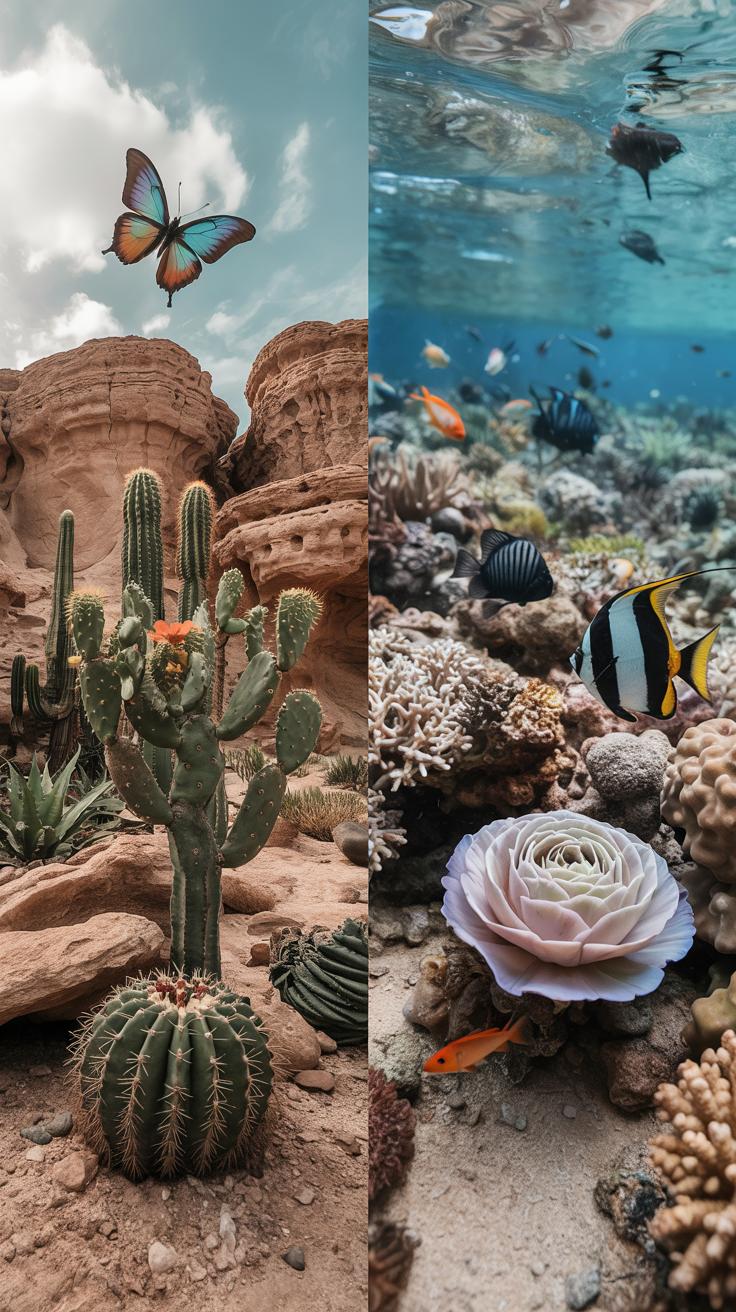
The environment around animals plays a major role in shaping how they look and act. When you observe creatures closely, you notice their features often match where they live. For example, animals in colder places develop thick fur or fat layers to keep warm. In warmer regions, you might see lighter colors that reflect sunlight and keep them cool.
You can see how landscapes affect appearance too. Creatures in dense forests often have colors that help them hide among trees and leaves. Those in open deserts might show colors that blend with sand and rocks. Behavior also changes based on habitat; some animals become more active at night to avoid heat or predators.
Have you ever wondered how survival shapes beauty? When animals adapt to climates and surroundings, their looks and habits evolve to fit their needs. This process leads to the variety of stunning forms you find across nature.
Forest And Rainforest Creatures
Animals living in forests and rainforests often display colors and patterns that help them stay hidden from predators or sneak up on prey. The jaguar’s spotted coat works like camouflage in dappled sunlight. The vibrant feathers of the quetzal blend with the dense greenery to attract mates while avoiding danger.
Many forest animals have slim bodies or strong limbs to move through thick underbrush or climb trees. Some, like flying squirrels, develop skin flaps to glide between branches. Their shapes and colors support both survival and finding food or partners.
Would you guess that a creature’s beauty in the forest often results from needing to stay unseen or blend with its surroundings? This makes you think about how appearance can be a powerful defense, not just attraction.
Desert And Mountain Dwellers
Animals in deserts and mountains face tough conditions like heat, cold, and scarce water. Their looks serve practical purposes. The sand-colored scales of the desert horned lizard help it blend with its environment and avoid predators. Mountain goats have thick coats that protect them from cold and rough cliffs, making their strong legs and muscular build part of their survival beauty.
Reflective or light-colored fur can reduce sun damage and keep animals cool in deserts. At high altitudes, animals often have compact bodies to conserve heat. Such features highlight how beauty here is about endurance and blending well in extreme places.
How does surviving harsh climates change what we see as beautiful? In these environments, the balance between function and appearance creates unique forms you might never expect. Revealing this helps you appreciate the powerful link between nature’s beauty and survival.
The Science Behind Animal Beauty
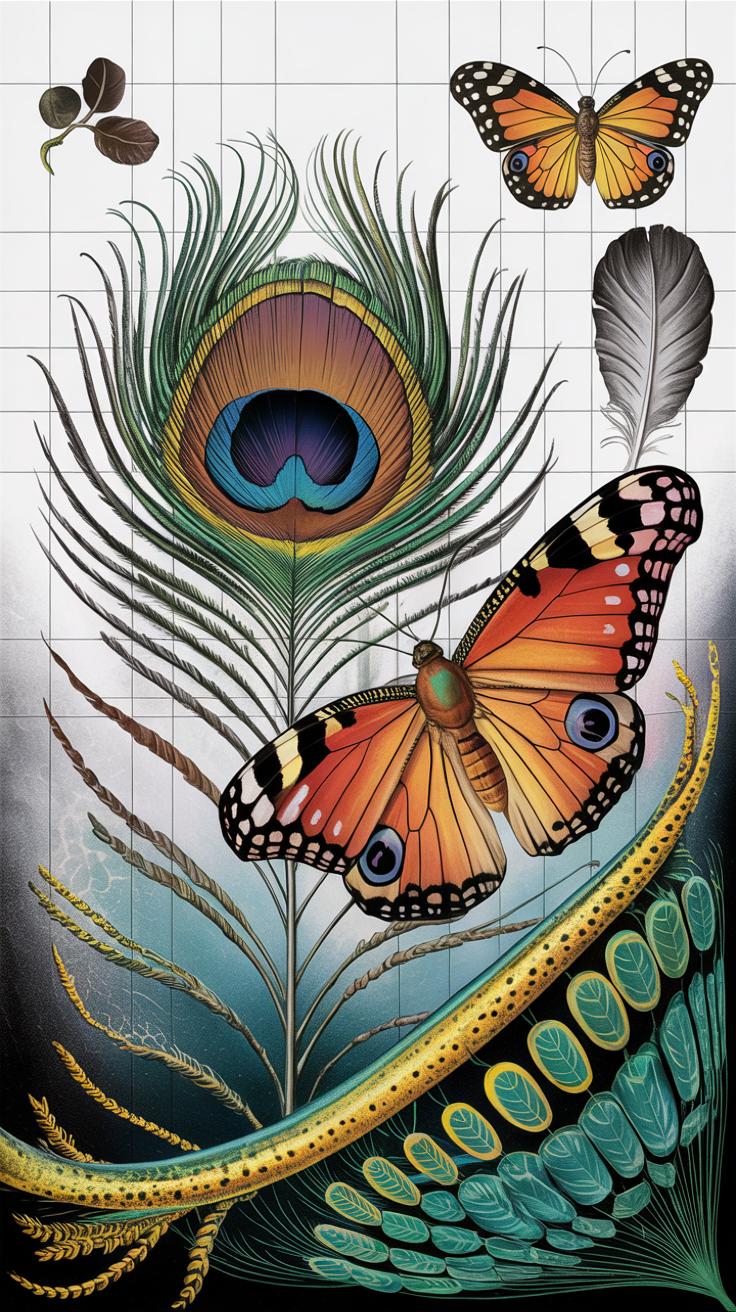
Evolution And Adaptation
Animals develop features that boost their chances of surviving in their environments. These changes happen slowly over many generations. For example, a bird with brighter feathers might avoid predators better or find food more easily. Over time, those helpful traits become common in the species.
Think about the Arctic fox. Its white fur helps it blend into snowy places, which protects it from hunters. This shows how animals adapt their looks to fit where they live.
These changes do not happen by accident. Animals with useful traits live longer and have more babies. Their young inherit those traits. That’s how nature shapes beauty along with survival.
Sexual Selection And Mate Choice
Animals often pick mates based on physical traits that signal strength, health, or good genes. Peacocks are famous for their colorful tails. A bigger, shinier tail shows other peacocks that this one is strong. Females choose partners with such traits to create healthier offspring.
Over time, these preferences change an entire species. Traits that attract mates become more common, even if they don’t help with survival. For example, the male widowbird has very long tail feathers. They can make flying harder but attract more females.
When you look at beautiful animals, remember their looks come from both survival needs and mate choices. What characteristics do you find most striking? Could those traits say something about how the animal lives or finds a mate?
How Human Actions Affect Beautiful Creatures
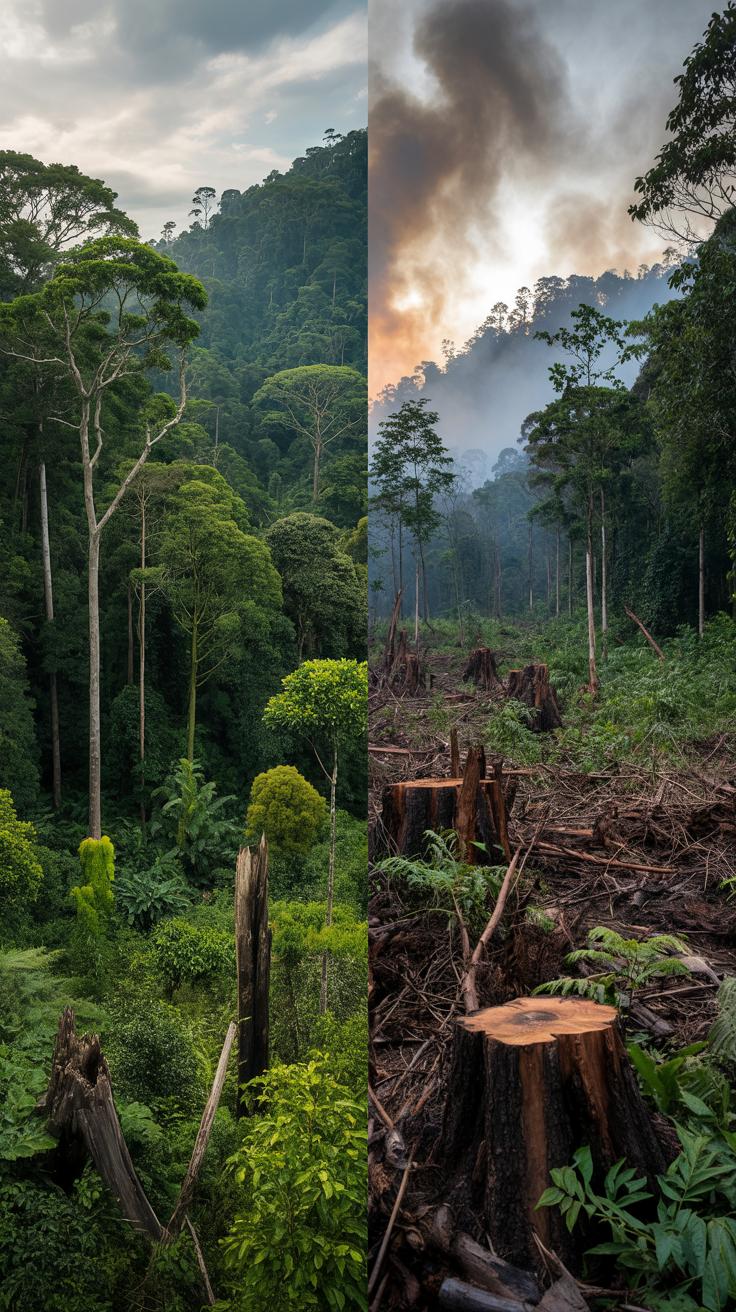
Your actions and decisions affect the habitats of many stunning animals around the world. Pollution changes water and air quality, making it hard for these creatures to survive. Chemicals from factories and farms can poison rivers where colorful fish and bright amphibians live.
Deforestation removes the homes of many beautiful birds, butterflies, and mammals. When trees are cut down, these animals lose shelter and food sources. You might have heard of the vibrant macaws or brilliant orchids disappearing because of this.
Climate change shifts temperature and weather patterns. Some animals, like arctic foxes with their white fur or coral reefs bursting with color, find it difficult to adapt quickly. Rising temperatures and melting ice destroy their homes.
Efforts to protect wildlife show that change is possible. Groups across the world are working to reduce pollution, protect forests, and help animals adapt to climate changes. What small daily choices can you make to support these efforts?
Threats To Wildlife
When forests and wetlands disappear, animals known for their striking appearances face threats. Brightly colored frogs need clean water and shade from trees to live. When their habitats vanish, so do they.
Bees and butterflies, which bring vivid colors to gardens and fields, suffer when plants and flowers vanish due to land clearing. Their numbers decline, affecting the entire ecosystem.
Urban sprawl forces many species into smaller spaces. This causes stress and competition for food. Many lose their chances to mate, threatening their populations and beauty.
How would humans change if their homes were destroyed like this? You have a role in preventing habitat destruction around you.
Conservation Success Stories
The giant panda survived almost disappearing because people protected its forest homes and planted bamboo. Numbers grew, showing how focused efforts can work.
Sea turtle populations increased on some beaches after volunteers guarded nests from predators and humans. These creatures with colorful shells are now coming back in larger numbers.
Reforestation projects in Africa helped the black rhinoceros return to areas where they once vanished. Their unique horns and strength can still be admired today.
These stories show that humans can heal damage done. What local species could benefit from your support? Conservation starts with one step you take every day.
How To Help Preserve Natures Beauty

Supporting animal conservation starts with simple but meaningful actions. You can choose to donate or volunteer for wildlife charities that focus on protecting habitats and endangered species. These organizations often rely on public help to continue their work.
Checking product labels helps you avoid items linked to habitat destruction. For example, some palm oil plantations harm rainforests. Choosing products with sustainable certifications reduces damage to ecosystems.
When you visit natural areas, keep a safe distance from animals. Avoid feeding wildlife since it can change their behavior and health. Watching animals quietly allows them to remain undisturbed.
Lowering your environmental footprint aids conservation too. Consider cutting down on single-use plastics and reducing energy consumption. Each small effort adds up to a healthier planet for all living creatures.
How do your daily choices affect the animals you admire? Being more aware and intentional can protect the stunning creatures found in nature.
Practical Ways To Support Wildlife Protection
Start by donating to local or global wildlife charities. Many groups help restore habitats and protect threatened species. Even small contributions create real change on the ground.
Choose eco-friendly brands when you shop. A product’s impact on nature can be hidden, but certifications like FSC for wood or RSPO for palm oil reveal safer options. Avoid items linked to deforestation or animal trade.
Reduce plastic use to stop pollution in oceans and forests. Wildlife often mistakes plastic for food, leading to injury or death. Carry reusable bags and bottles whenever you go out.
Use community platforms to spread awareness about wildlife conservation. Educating others helps build stronger support for protecting nature’s beauty.
Enjoying Nature Responsibly
Observe animals from a distance using binoculars or zoom lenses. Getting too close stresses them and can cause changes in natural behavior.
Stick to marked trails during hikes to avoid damaging fragile habitats. Off-trail exploration might seem fun but leaves lasting scars on the environment.
Carry out everything you bring in. Litter can harm animals or pollute their homes. Pack out trash and leftover food to leave habitats clean.
Reflect on your experiences in nature without disturbing wildlife. Taking photos without flash and staying quiet enhances your appreciation without causing harm.
Ask yourself if your visit helps the animals or just satisfies your curiosity. Responsible enjoyment ensures these beautiful creatures will remain for future generations.
Conclusions
Recognizing the world’s most beautiful creatures brings you closer to understanding nature’s complexity. These animals are not just visually striking but also play essential roles in their ecosystems. Their beauty sometimes serves practical purposes, such as protection or communication. Observing these creatures encourages you to think about conservation and the importance of maintaining natural habitats. Protecting the beautiful diversity of life benefits both animals and humans alike.
As you reflect on these stunning creatures, consider how your actions affect their survival. Supporting conservation efforts helps protect their homes and ensures future generations can enjoy nature’s beauty. Keep exploring and learning about the natural world. Your interest and understanding can make a difference. Appreciating the beauty and function of these animals brings a deeper connection between you and the environment.


